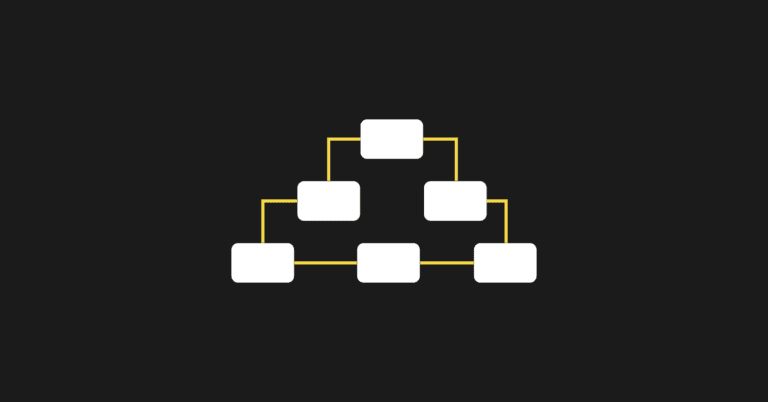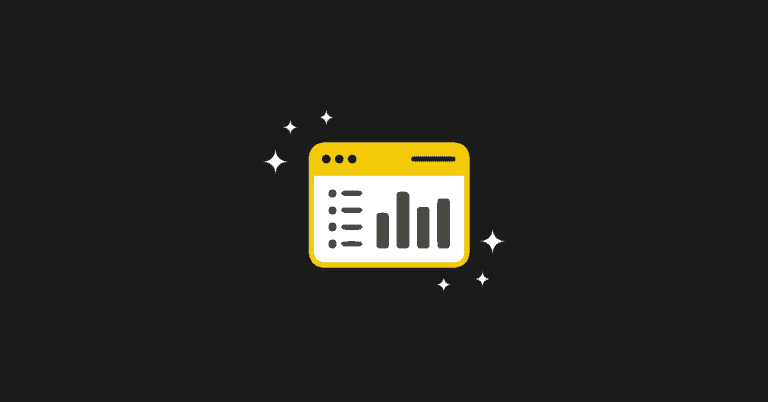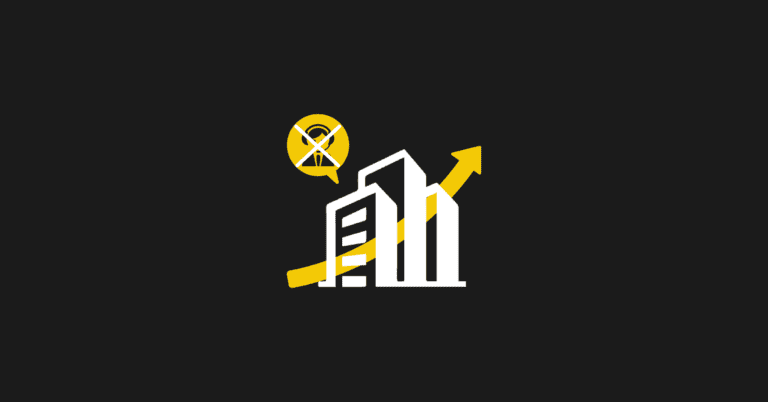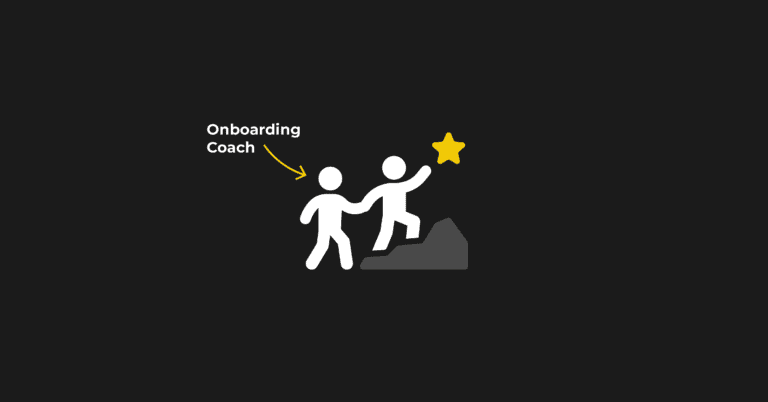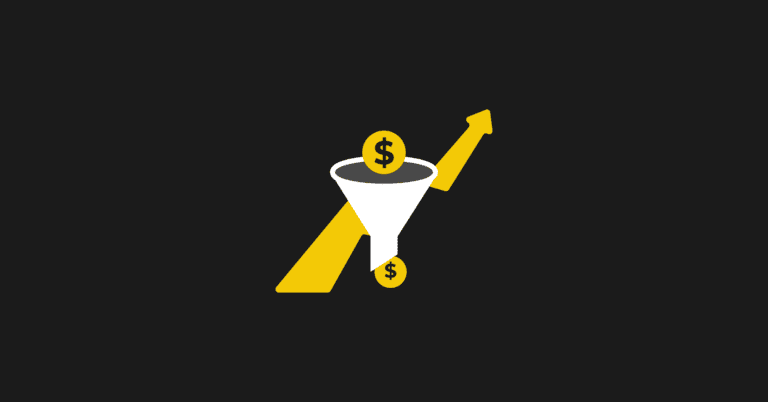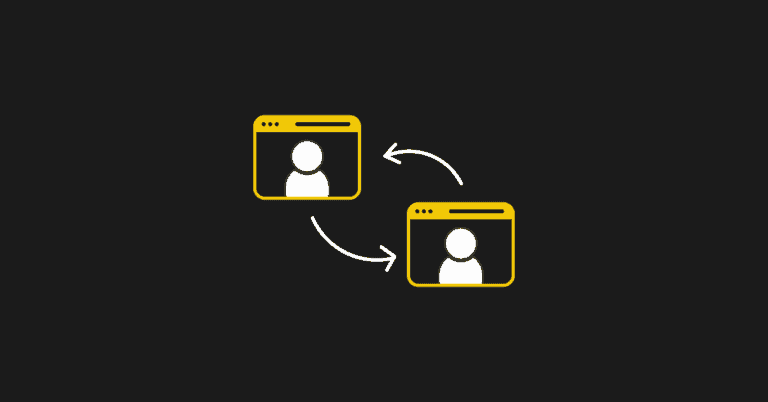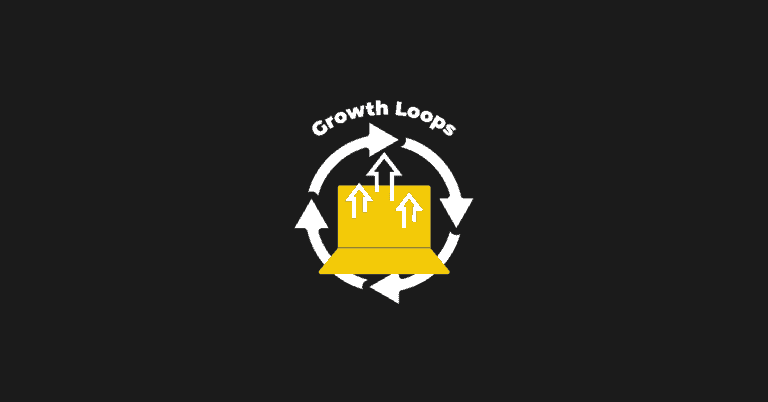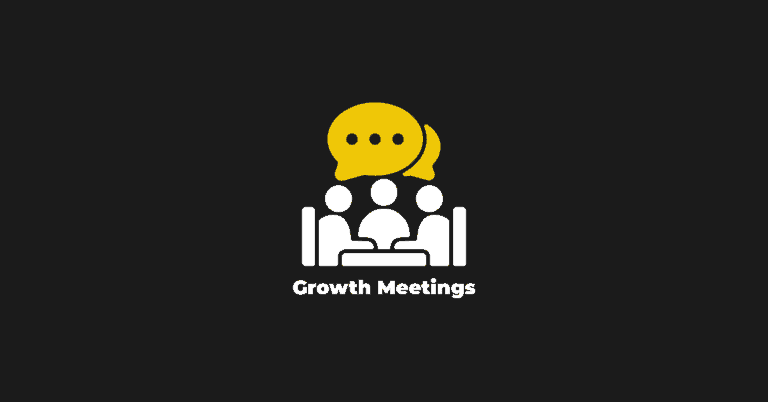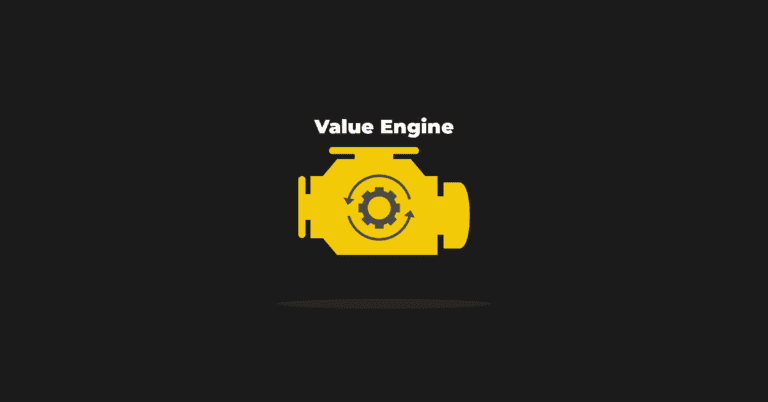Our latest insights from the 2022 PLG Benchmark Report reveal that among the 600 surveyed sales as a service (SaaS) companies, an overwhelming 91% plan to invest more in PLG initiatives throughout 2023.
This stat gains even more weight when coupled with the success stories of industry leaders like Netflix, Shopify, and Miro — demonstrating the undeniable importance of exploring the benefits of product-led growth (PLG) and implementing the strategy.
In this article, we highlight 14 benefits that a product-led strategy has over a traditional sales-led approach. Resources for learning more about implementing a PLG strategy are linked if you want to delve deeper into acquisition, conversion, and expansion.
Let’s get started.
Product-Led Growth Vs. Sales-Led Growth
The choice between product-led growth and sales-led growth (SLG) strategies depends on the nature of your product, the target audience, and the company's overall vision for growth.

Product-Led Model
PLG is about putting the product at the center of the customer journey, allowing users to explore and understand the value of the product before buying or signing up for a paid subscription.
Key features of product-led growth include:
- A free trial or freemium offer: Product-led companies often offer a free trial or freemium model, allowing users to try the product before committing to a purchase. This gives customers the opportunity to experience the value and benefits firsthand.
- Self-serve onboarding: Providing a seamless and low-touch onboarding experience to help customers reach the product's value as fast as possible is the main focus of PLG. This means that users can easily sign up, set-up, and start using the product without the need for extensive training or assistance.
- In-product education and support: PLG companies prioritize in-product education and support with interactive tutorials, tooltips, etc. to help users understand how the product helps them solve their problem.
- Product-led sales and marketing: PLG relies on the product itself to drive sales and marketing efforts. The product's value and benefits are showcased through its features, user interface, and overall user experience.
Sales-Led Model
In a traditional SLG strategy, the Sales team plays a central role in identifying potential customers, engaging with them, guiding them through the sales process, and closing deals.
Unlike PLG, a sales-led strategy has a longer sales cycle with personalization, demonstrations, negotiation, and high-touch sales follow-up efforts.
In some cases, SLG is better suited for a company whose products are complex, technical, or require significant customization.
14 Distinct Benefits of Product-Led Growth
Whether you're a SaaS founder just starting out, aiming to switch from sales-led to product-led, or you're refining your current product-led strategy, these PLG benefits will inspire you to take action.
The benefits of product-led growth are:
- Lower Customer Acquisition Costs (CACs)
- Enhanced User Experience
- Increased User Adoption
- Accelerated Revenue Growth
- Shorter Sales Cycle
- Faster Scaling
- Smarter Decision-Making
- Higher Revenue Per Employee (RPE)
- Product Virality
- Better Team Alignment
- Efficiently Target Leads with PQLs
- Less Dependence on Paid Acquisition Channels
- Greater Close Rate for All Sales-Led Deals
- Reach Diverse Markets Quicker
Let's explore each benefit in more detail below.
1. Lower Customer Acquisition Costs (CACs)
Lower CACs is a significant benefit of a product-led approach. PLG can lower CACs because it provides a frictionless buying experience. Users can try out the product before making a purchase, eliminating the need for expensive sales and marketing efforts.
This self-serve onboarding allows customers to experience the value of the product firsthand, leading to higher conversion rates and lower acquisition costs.
Listen and learn how a 10M+ company rolled out a winning self-serve model on our podcast.
2. Better User Experience
A successful PLG demands that SaaS companies showcase the value of their products to users as quickly as possible.
"How does my product solve your pain?" Answering this question and getting customers to their "Aha!" moment is key to PLG success.
By identifying different user types and their specific needs, product-led companies can tailor their product experience to meet the unique needs of each user segment. This level of personalization enhances the user experience and increases the likelihood of user satisfaction and retention.
Read How to Build a Personalized User Experience for Your Product-Led SaaS Business on our blog.
3. Increased User Adoption
PLG meets customer preferences by allowing them to evaluate without waiting for a sales demo. When integrated into effective SaaS onboarding, using a freemium and free trial model allows users to experience the value and benefits firsthand.
Another way PLG increases user adoption is by focusing on different user segments and their desired outcomes. Not all users have the same needs or preferences, and a one-size-fits-all approach may not be effective.
By catering the product to different market segments and providing tailored experiences, SaaS companies with PLG can better meet the specific requirements of their users. This personalized approach helps users see the value of the product through their own lense.
Learn more about boosting user adoption with PLG by reading our articles on activation rate, onboarding experience, and the PLG flywheel.
4. Accelerated Revenue Growth
Letting users try out your product before making a purchase helps remove barriers to entry, significantly increasing the likelihood of converting them into paying customers. This not only reduces customer acquisition costs but also enables faster growth for product-led companies.
To implement the PLG model, your company should follow a framework for prioritization and ensure alignment between your product and sales teams.
5. Shorter Sales Cycle
Product-led companies benefit from shorter sales cycles due to its user-centric approach and self-service onboarding. By focusing on creating a product that delivers value and solves customer pain points, companies can attract and retain users more effectively.
The self-serve onboarding process allows users to explore and experience the product at their own pace, reducing the need for lengthy sales cycles.
Make your own sales cycle shorter with insight from our blog, "How to Reduce Time-To-Value (TTV) throught Straight-Line Onboarding."
6. Faster Scaling
Another benefit of PLG is the ability to scale faster. By focusing on the product and its value proposition, companies can attract a larger audience and generate more signups. This is because the product-led approach allows potential customers to experience the product firsthand, eliminating the need for extensive marketing and sales efforts.
Learn secrets to scaling your business from our founder Wes Bush in the video below.
7. Smarter Decision-Making
PLG heavily relies on data to drive product decisions and iterations. By analyzing in-product user behavior and feedback, Saas companies can identify areas for improvement and optimize the product to better meet customer needs.
Check out "6 Steps to Create an Effective Customer Feedback Loop for SaaS Product Teams" on our blog.
8. Higher Revenue Per Employee (RPE)
One of the main reasons why PLG leads to higher RPE is because the strategy focuses on acquiring customers who are already familiar with and interested in the product.
By offering a free trial or freemium model, product-led companies can attract potential users who are more likely to convert into paying customers. This targeted approach allows companies to maximize their revenue potential without wasting resources on acquiring customers who may not be a good fit.
Another factor that contributes to higher RPE in a product-led growth strategy is the ability to scale efficiently. With PLG, companies can automate many aspects of the customer journey, from onboarding to upselling. This automation reduces the need for manual intervention, allowing companies to serve a larger customer base without significantly increasing their workforce.
RPE is just one of many key SaaS metrics that help you make critical decisions for your product-led company.
9. Product Virality
Virality is the ability of a product to spread and gain traction through word-of-mouth and user referrals. When users have a positive experience with a product, they are more likely to share it with others, leading to exponential growth. This organic growth can significantly reduce customer acquisition costs and increase customer lifetime value.
Dropbox is a great example of a viral freemium product. Initially, the company provided a free plan with limited storage, encouraging users to refer friends for more space. Its user-friendly file sharing features sparked word-of-mouth sharing, propelling it to millions of users without heavy advertising.
As more users sign up and use these tools, they naturally spread the word to their colleagues, friends, and networks. This organic promotion creates a snowball effect, leading to a rapid increase in user adoption and market penetration.
Don't miss our SaaS Product Virality Guide.
10. Efficiently Target Leads with PQLs
While marketing-qualified leads (MQLs) and sales-qualified leads (SQLs) rely on traditional marketing and sales activities, PQLs are identified based on their in-product behavior. This means that product-led companies can track PQLs that have already engaged with the product, indicating a higher level of interest and readiness to buy.
By closely monitoring user behavior and engagement within the SaaS platform, PLG companies gather valuable insights into user preferences, pain points, and needs, allowing them to tailor their strategies effectively. This data-driven approach, combined with user-centered insights, results in a more precise and efficient targeting of PQLs.
Check out our Beginner's Guide to Product Qualified Leads for SaaS companies.
11. Better Team Alignment
A product-led SaaS company needs a shared mission, goals, and metrics to measure success.
Unlike a traditional sales-led model where department goals are often siloed, a product-led approach relies on cross-team collaboration between Product, Marketing, Engineers, IT, Sales, and Customer Success.
The need for continuous cross-communication brings about many benefits, such as fostering creative problem-solving, optimizing the utilization of company resources, and identifying product issues more quickly.
Read "Why Product-Led Onboarding is a Team Sport" for more.
12. Less Dependence on Paid Acquisition Channels
Product-led marketing centers around providing customers with valuable content that explains how the product solves their problems. Done effectively, trust is cultivated, and the company establishes itself as a thought leader in the industry.
Instead of relying on paid ads through platforms like Google or Facebook, a product-led company can place greater reliance on virality and word-of-mouth to bring its product to the attention of potential customers. This approach leverages the inherent human desire to share helpful free tools with their family and friends, addressing their pain points.
Learn about product-led content marketing and how to do it right on our blog.
13. Greater Close Rate for All Sales-Led Deals
PLG generates a pool of highly engaged and qualified leads. This means that users who have already experienced the value of the product are more likely to convert into paying customers.
So, the Sales team at a product-led company can target and focus their efforts on high-value accounts, effectively closing deals faster. This targeted approach maximizes the efficiency and effectiveness of the sales team, resulting in higher revenue generation.
To learn more about implementing product-led sales, check out How to Layer Sales on PLG in 5 Steps.
14. Reach Diverse Markets Quicker
While sales-led businesses need to recruit and hire new sales reps for each region, product-led strategies are more efficient.
Instead of expending resources expanding the sales force, they focus on improving their onboarding process to service more customers in different markets around the globe in a fraction of the time. This eliminates the geographical and logistical challenges that sales-led strategies typically encounter.
Ready to learn how localization can improve your conversion rates? Here’s how and why Jungle Scout expanded to the Chinese market.
How to Transition to a Product-Led Growth Strategy
On the surface level, product-led growth (PLG) may look like a simple model for customers to try before they buy.
However, if we look deeper, PLG is a completely new way of growing a SaaS business.
To successfully pivot your company to a PLG model, consider the following basic steps:
- Evaluate Your Product: Assess your product's suitability for a PLG strategy. Determine if it can provide value upfront and if it has the potential to drive user adoption and growth.
- Refine User Onboarding: Streamline your user onboarding process to make it intuitive and frictionless. Focus on delivering value quickly and helping users understand the benefits of your product.
- Implement Usage-Based Pricing: Consider implementing usage-based pricing models that align with the value users derive from your product. This can encourage usage and conversion while ensuring a fair pricing structure.
- Leverage Product Analytics: Invest in product analytics tools to gain insights into user behavior, identify areas for improvement, and track the success of your PLG strategy.
By embracing a product-led growth strategy and making the necessary adjustments, you can unlock the potential for accelerated growth and success for your business.
As you continue on your journey of building your product-led business, make sure to explore the three phases that unlock exponential growth through the application of the ProductLed Method.
Alternatively, if you’d like to work with a coach to implement PLG components into your business, be sure to check out ProductLed Academy.
It’s our intensive coaching program where we’ll help you build a strong foundation for product-led growth so that you can scale faster and with more control.
What’s unique about this program is we’ll work with you and your team to implement the proven ProductLed Method so that you can scale faster with less stress.
We’ll go through the ProductLed Method together with your team to make sure that everyone is aligned on who your ideal user is for your team.

